Diet after cholecystectomy: menus, recipes. Diet after removal of the gallbladder
Any surgical intervention in the work of the human body does not pass without a trace. It to some extent changes the habitual way of life, leaving memories and consequences for the organism about oneself. Gallbladder removal is an operation performed at the last stage of such diseases as cholecystitis and cholelithiasis.
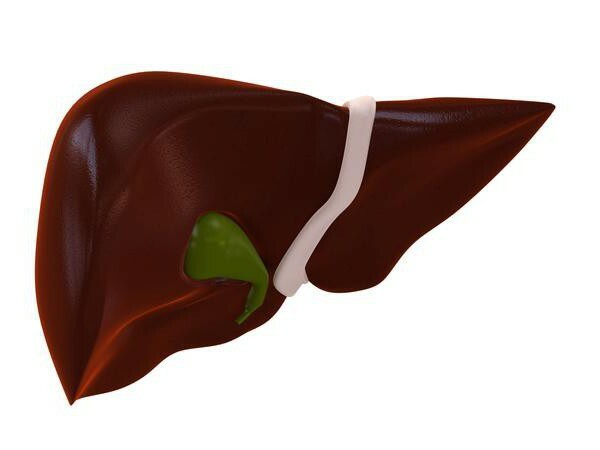
What is cholecystectomy?
Operation cholecystectomy - surgical removal of the gallbladder. The main function of this body is the accumulation of bile produced by the liver, and further its transfer to the duodenum. Bile promotes the digestion and assimilation of many substances necessary for the body, and also activates the secretion and activity of the small intestine.
Due to the performance of significant functions for the body, removal of the gallbladder has a significant impact on the change in the way of life of a person. It takes a long time to adhere to a special diet that significantly restricts the nutrition of the modern person.
What kind of diet should I follow?
Diet after cholecystectomy - e is an obligatory condition for a full recovery. It is the sparing diet that will help to adjust the natural and natural processes of the organism and to establish its activity in a new way. Therefore, one of the main points of recovery will be the psychological component.
The basic principle of the new diet is not to overload the digestive system, food should not stay in the body for a long time.
Diet after cholecystectomy on days
This operation is difficult to tolerate by the body. On the first day of , the state after cholecystectomy is rather weak. To help the digestive system recover, during the first day the patient is forbidden to eat and drink at all. Allowed only periodic wetting of the lips with water and rinsing the mouth.
The next day, the liquid is injected into the diet. It is allowed to drink unsweetened broths of wild rose, chamomile, pure water( non-carbonated).
Such tight restrictions are caused by the need to reduce the load on the liver, biliary tract and other organs involved in the process of digestion and food processing.
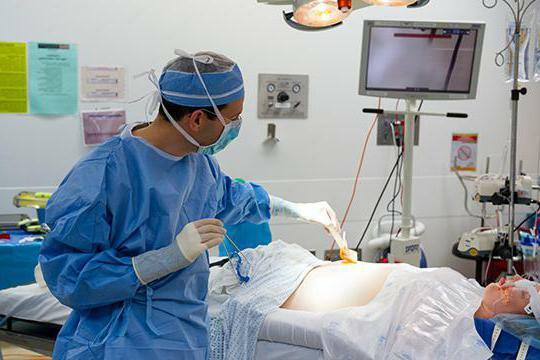
The third day allows you to expand the menu of the patient with products such as kefir, jelly and compote without sugar.
On the fourth day, if the patient's condition is stable and he is on the mend, he is allowed to start eating:
- low-fat soups;
- vegetable puree( zucchini, potatoes);
- boiled fish of lean varieties;
- egg white omelette, steamed.
- watery porridge.
Introduction of all new products should be done gradually and with care. To eat it is necessary it is fractional, not less often 8 times a day, and portions should be small and not exceed 200 grams. Be sure to use a sufficient amount of liquid. Its volume should not be less than 1.5 liters per day.
During this period, you need to closely monitor the chair. Avoid constipation, any stress can adversely affect the process of recovery. For this purpose, the use of carrot and beet soufflé, yoghurts is permitted.
The diet after cholecystectomy, starting from the fifth day after surgery, can include bread( only stale), unsweetened dry biscuits and crackers. The volume of flour products should not exceed 100 grams per day.
The second week after operation
If the patient's condition is stable and he is on the mend, then on the 7-8th day he is discharged. Which diet should be followed by after discharge, you will be told by your doctor. The period of home recovery is no less important and complex. Strict adherence to the right diet will allow the body to get used to a new condition and to adjust its work.
The menu should be composed carefully and carefully so as not to create an unnecessary burden on the digestive system. Diets will have to be adhered to for the next 1.5-2 months.
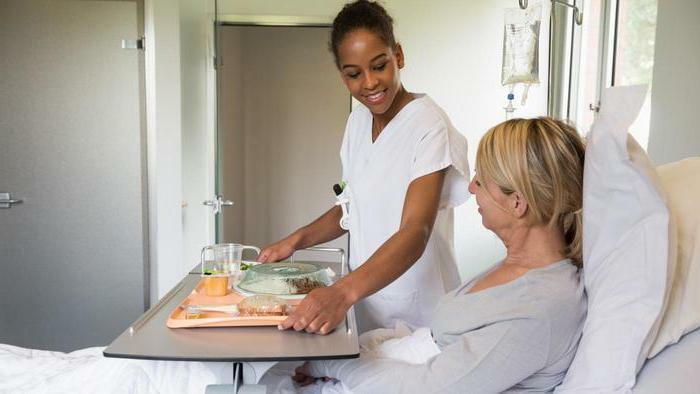
What should be the diet after cholecystectomy? About Main recommendations:
- Food should be divided, portions are small.
- Last meal not later than 2 hours before bedtime.
- At first, it is important to strictly exclude choleretic products( rye bread, fruits, vegetables).
- Average temperature food.
- Boiled or steamed food.
Nutrition one month after operation
When the first and most difficult period after surgery has passed, a more free diet is prescribed( table 5). Its basis is made up of proteins. Meat should be lean and cooked either steamed, or baked in an oven without oil. Soups, except vegetables and lean meat, can already include a teaspoon of oil. In the diet you can include eggs, but not more than one per week, while cooking it you need soft-boiled or added to the omelet. As the second dishes, also baked or boiled vegetables( zucchini, squash, broccoli and cauliflower, pumpkin) are left, with the addition of lean meat or fish. As a dessert you can eat curd casserole, baked fruit, marmalade or pastille. Bread is still used in limited quantities - no more than 300 grams. The use of oil is limited - no more than 10 grams and sugar - no more than 30 grams a day.
The diet after cholecystectomy allows the consumption of fish, but not in large quantities. Not more than once a week. Choose low-fat varieties, such as cod or perch. All dishes should be a dietary way( boiling, baking, quenching or steaming).
Why is it necessary to follow proper nutrition after the operation?
The main problem for the body in the postoperative period is to adjust to a new lifestyle. With the help of diet, you should try to avoid as much as possible the stagnation of bile in the ducts. Otherwise complications, such as the formation of stones or the development of the inflammatory process, can begin.
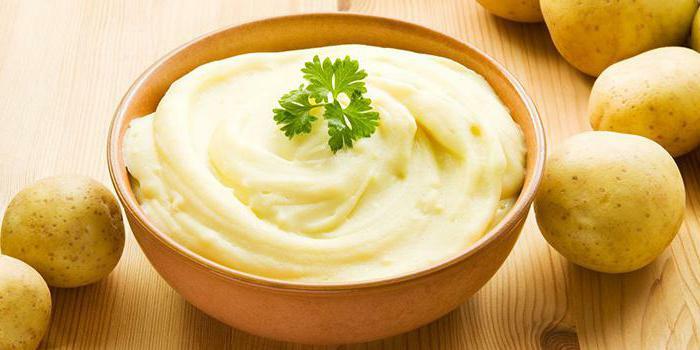
After cholecystectomy, the process of producing enzymes that promote food cleavage, especially fatty, is significantly reduced. It is for this reason that the patient is prescribed a sparing diet( table 5) and fractional nutrition, and preferably at about the same time. This helps reduce the load on the digestive system and the release of bile immediately into the intestine.
Consumption of fatty and fried foods is completely excluded. However, this only applies to harmful saturated fats. A certain amount of these elements is vital for the body, because fats are involved in metabolic processes. In addition, the inclusion in the menu of vegetable fats, which are known for their useful properties.
One of the peculiarities of nutrition after removal of the gallbladder is the inclusion in the diet of foods containing a sufficient amount of dietary fiber. It can be rice, bread from rye flour and others. This is due to the problem that arises in the majority of patients who underwent this operation. Diarrhea can torment a person as a short period, so it can stay with him for several years. If this symptom is found, it is best to minimize the consumption of dairy products and caffeine( tea, coffee).
Correct compilation of the
menu Despite the general prescriptions and recommendations of the doctor, do not forget to listen to the signals of your body. These or other products may be differently tolerated. For example, often unpleasant symptoms and pain can be associated with the use of fruits, vegetables or dairy products. Do not forget about the presence of allergic reactions. Only taking into account all the features of your body, its reactions and dietary prescriptions, you will be able to choose the right menu. The recovery period after cholecystectomy is long enough, and a well-designed menu can stay with you for life, because the diet will have to adhere to constantly.
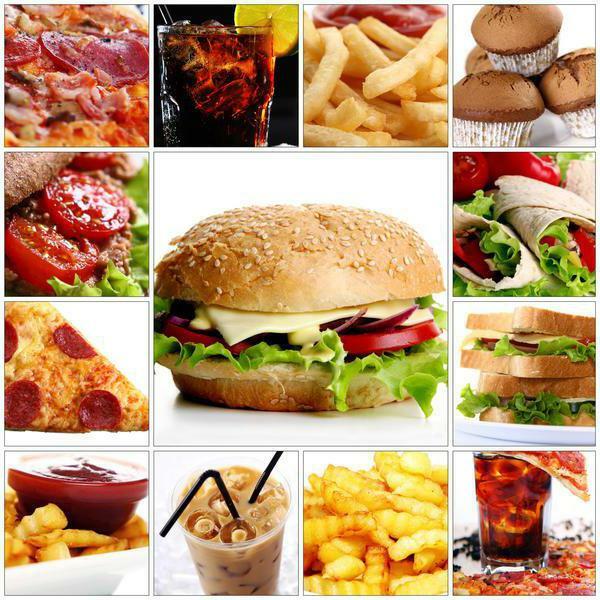
What is eaten after removal of the gallbladder?
Despite the significant limitations in nutrition, the menu of a person who has undergone a cholecystectomy should contain all the necessary elements and minerals. It is not always easy, so patients often receive a periodic intake of vitamin-containing drugs.
The daily amount of calories entering the body should be at least 3000, while from them:
- 100 grams of protein;
- 100 grams of fat;
- 400-500 grams of carbohydrates;
- 5 grams of salt.
Certain product groups
Special attention should be paid to products such as:
- Bread. Choose varieties, prepared from rye seeded or peeled flour, with the bread should not be freshly prepared, and yesterday's baking. Black varieties are excluded from use, as they are difficult to digest and assimilated. The daily norm of consumption of flour products should not exceed 150 grams.
- Bran. The use of bran will help the body cope with the load and reduce the likelihood of stone formation.
- Baking. Good products are not completely excluded, but its use should be kept to a minimum. It is allowed not more than two times a week to include in the diet buns, pies or cheesecakes without butter. It is allowed to eat: crackers, dry biscuits. Completely under the ban fall products with dessert oil( cakes, pastries).
- Dairy products. Prefer low-fat products. It will be useful to add a small amount of fresh milk to tea or coffee. Kashi can not be cooked completely on milk, it is used in small quantities. Before going to bed, doctors recommend drinking a glass of low-fat kefir.
- Water. The amount of water necessary for daily use for healthy people is 2 liters. For a person who has undergone a cholecystectomy, this amount can be from 1.5 to 2 liters, and this figure includes any kind of liquid, including compotes, tea and others.
Features of cooking
After the operation, even cooking methods must be changed. Products are now carefully processed and prepared to a very mild condition. Excludes any additional load on the digestive system. It is better to give preference to steaming, while the use of oil should be kept to a minimum.
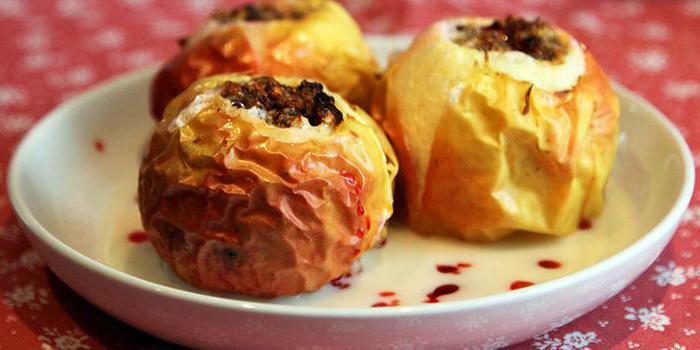
Any departure from the general recommendations and, for example, eating a fatty roast dish will immediately affect the body's poor state of health.
If a diet is prescribed after a cholecystectomy, the recipes per day can be as follows:
- 1 meal: cottage cheese casserole( 140 g), oatmeal( 150 g), a cup of tea.
- 2 meal: unsweetened yogurt( 150 g), baked apple( 100 g), a cup of compote of dried fruits.
- 3 meal: vegetable and chicken soup( 200 g), rice porridge( 100 g), steam chicken cutlet( 80 g), jelly.
- 4 meal: rusks( 100 g), compote of dried fruits.
- 5 food intake: meatballs with rice( 200 g), mashed potatoes( 100 g), tea with milk.
- 6 meal: a glass of yogurt.
Prohibited products after operation
Some products are prohibited after cholecystectomy:
- carbonated drinks;
- alcoholic beverages and cocoa;
- fried, fat;
- acute and over-salted;
- fat meats( pork, lamb, goose);
- cakes and pastries;
- sausages;
- onion, garlic, sorrel;
- too hot or cold food;
- acidic products.
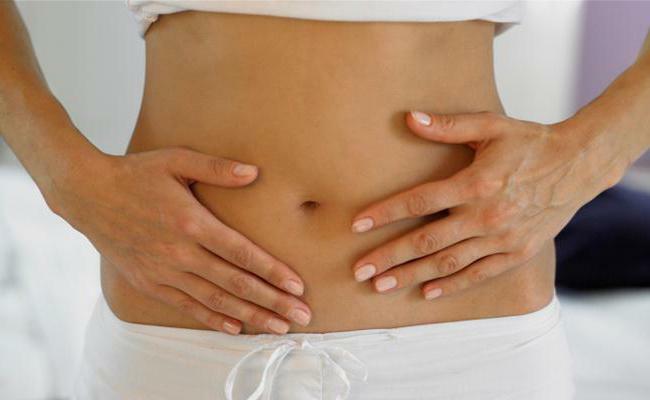
These products will promote the production of a large amount of bile and increase its viscosity, and similar processes are extremely difficult for the body after removal of the gallbladder.
After time
After a while a person gets used to certain restrictions in the menu. His diet is gradually expanding. Diet after cholecystectomy 2 years later will already include most of the usual products, but in a limited amount.
